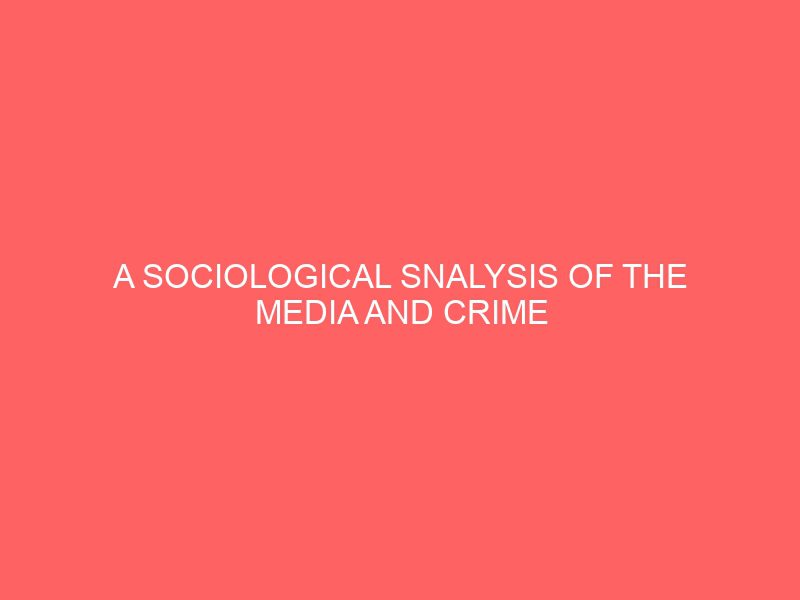Description
Abstract
Though sections of the popular press may suggest otherwise, most of us have little first-hand experience of serious criminal victimization. Our understanding of the crime problem—how much crime is out there, what types of crime are most prevalent, who is most at risk, what are the best responses—derives mostly from sources other than personal experience. Paramount among these are the media. The media, then, are key producers and purveyors of‘knowledge’ about crime, disorder and control. For this reason alone, media representations are worthy of in-depth investigation. But precisely what kinds of knowledge do these representations generate, and to what effect Below are some of the key questions which have perplexed students of crime and media main aim is to present a summary of major themes and debates which have shaped the research agenda, but I also want to sharpen the focus of investigation on some less well rehearsed issues such as the changing global communications marketplace, the development of new media technologies, and the significance of these for understanding the connections between crime and media. The chapter is divided into four main sections. The first offers some background information and addresses the crucial question of why exploring media images of crime and control is important. The second section considers how scholars have researched crime and media, and presents an overview of the main findings. The third section discusses critically the dominant theoretical and conceptual tools which have been used to understand and explain media representations of crime. The final section considers the evidence for the influence of media representations, both on criminal behaviour and fear of crime. Finally, I will suggest some areas for future research.








Reviews
There are no reviews yet.